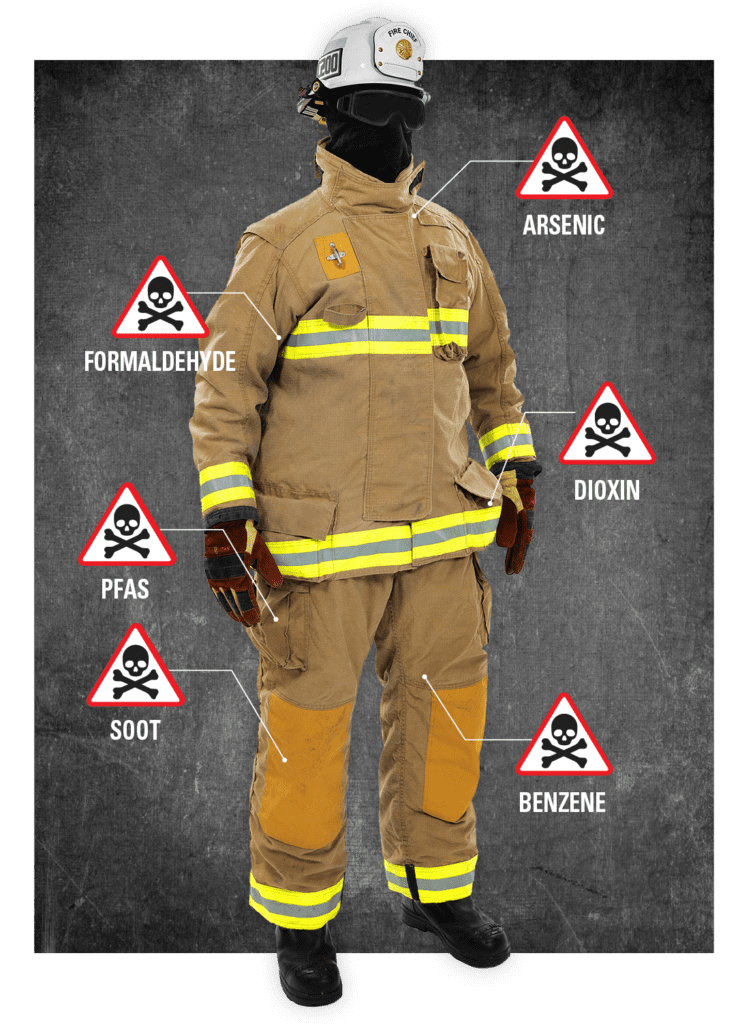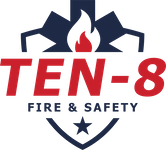Advanced Turnout Gear Cleaning Technology That Saves Lives
Emergency Technical Decon (ETD) uses next-gen cleaning technology to keep firefighters safe. ETD deep cleans a firefighter’s turnout gear of dangerous carcinogens while significantly increasing the lifespan of the equipment.
At Ten-8 Fire & Safety, we proudly announce that we have become the second location in the U.S. to offer this important technology. As more become aware of the indisputable benefits of liquid CO2+ turnout cleaning solutions, we will be ready to provide our customers with this easy-to-use service. Pick-up and drop-off services will be available for local departments; shipping the gear to us will also be an option for those departments that are further away.
ETD’s liquid CO2+ machines will operate out of Ten-8’s headquarters in Bradenton, FL, in Q3 2024, following a grand opening event in July. Sign up below to stay in the loop for more details as they become available!
How Toxic Removal Works
In traditional cleaning methods, water only cleans the surface of waterproof gear. ETD’s liquid CO2+ is combined with environmentally friendly additives that penetrate past the top layer of gear to remove carcinogens of all kinds, including dangerous NFPA-specified substances.
ETD captures toxins at the molecular level, resulting in more effective cleaning.
A technical study was conducted to evaluate two different cleaning systems and their efficiency in removing hazardous compounds from firefighter turnout gear. The report below compares traditional water washing of firefighter PPE to CO2+ cleaning by following the procedures listed in the NFPA 1851-2020 standard. The results of this study can be used by those responsible for firefighter safety to determine the best cleaning options available for firefighter turnout gear.
Worried about CO2+ ruining your gear?
CO2+ cleaning does NOT adversely impact turnout gear in any meaningful way. The reports below summarize results that show no significant effects on the outer shell, moisture barrier, and thermal liner material after multiple cleanings in the CO2+ cleaning systems according to NFPA 1971 UL testing.





